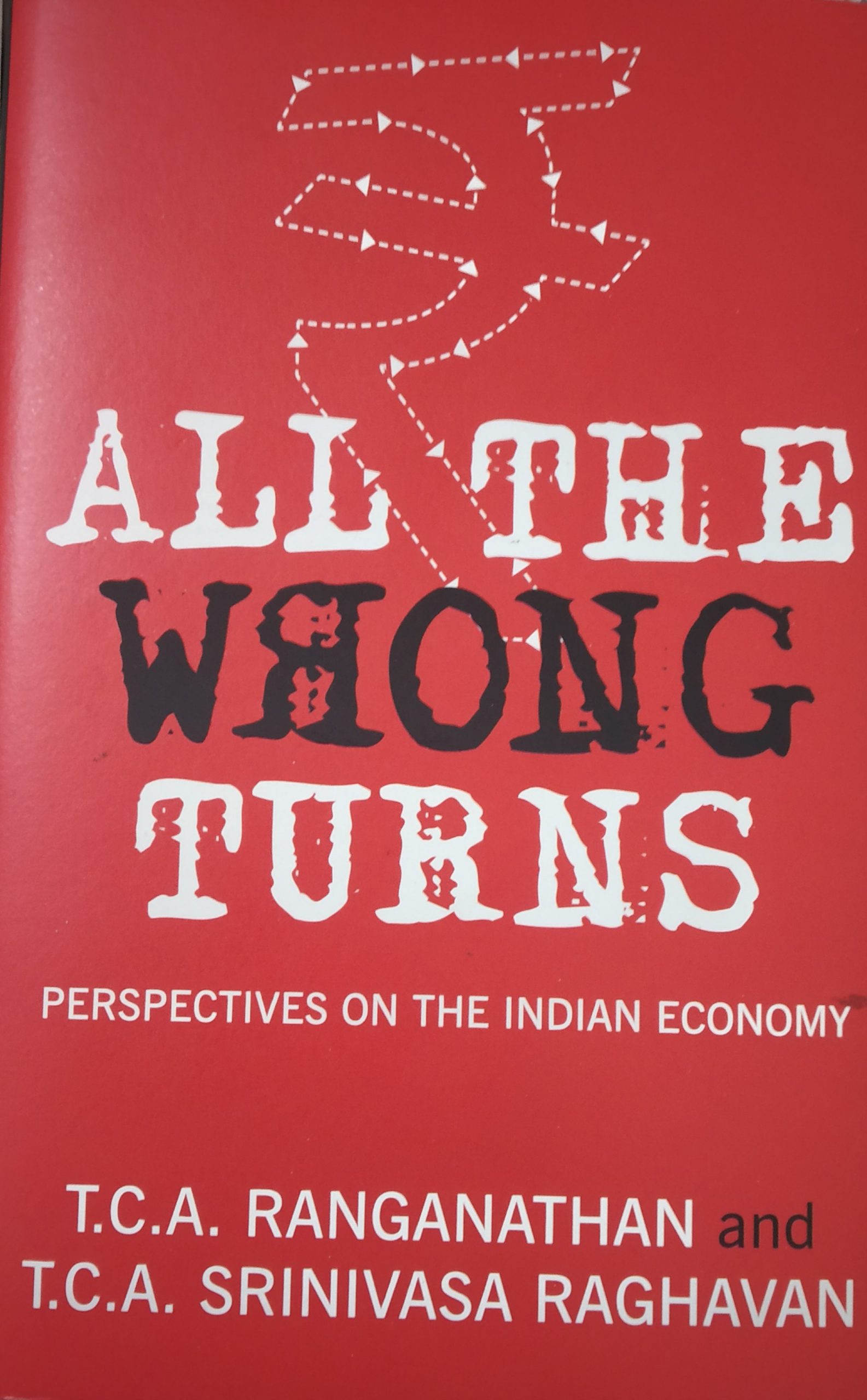Our Pick Up Line : It's not high tech which brings modernity in urbanisation, but it's modernity that attracts high tech.
Since the book is written by two authors, in different styles, virtually in two parts, it also needs to be reviewed in two parts. The title suggests it’s possibly a book about fault finding with the government’s economic policies , instead it turns out to be a pious attempt to find solutions from around the world, especially Chinese, and suggest to be applied for India’s growth.
It’s written in the format of a report by an experts committee, with the mandate to study and suggest ways and means of reforms. Written in chapters devoted to agriculture, manufacturing, international trade, banking, fiscal policy and the institutions , the last two by TCA Srinivasa Raghavan, the journalist, the sincerity and devotion of the authors to study the issues in as much length, breadth and depth as possible is highly praiseworthy.
Though comparisons are nominally made for the top ten countries on parameters, the main focus is on comparing with China’s stupendous progress, adopting the purview of’ ‘we could have been China’ as a main theme of the book. Instead they could have followed the blue ocean strategy of critically appraising the clamour for eternal economic growth which ‘destroys environment, depletes resources and pollutes the precious water and air’. In the name of development, if living itself is jeopardised, what is left to support and nourish Life. Climate crisis, global warming, polluted rivers and air are the vital flavours of the current times.
This book of about 385 pages has a thirty five page statistical appendix, in addition to almost one-third of the being dedicated to statistical diagrams. Such is the devotion of the authors to data! It contains academic style introductions of many pages of what is going to be discussed and conclusions of what have been discussed. It is found to be superfluous only adding to the length of the book.
The chapter on fiscal policy is written by TCA SR as a chronicle of the fiscal policy planning from independence, giving a ringside view of the developments under different prime ministers and finance ministers. In this chapter shockingly funny surprise observations have been made about income tax, middle class, poor,and politicians. In the chapter on the institutions, many insights into the framing of the Constitution and the independence of institutions are brought out which are really startling to say the least.
The book is an elaborate but thorough attempt to comprehensively educate the common reader in the wilderness of economic policies of the government. It’s a fairly successful attempt too. Going by the widespread knowledge and expertise of the authors in policy making displayed in writing of this book, the authors very well deserve to play a significant role in the planning organizations in India like the Niti Aayog!


